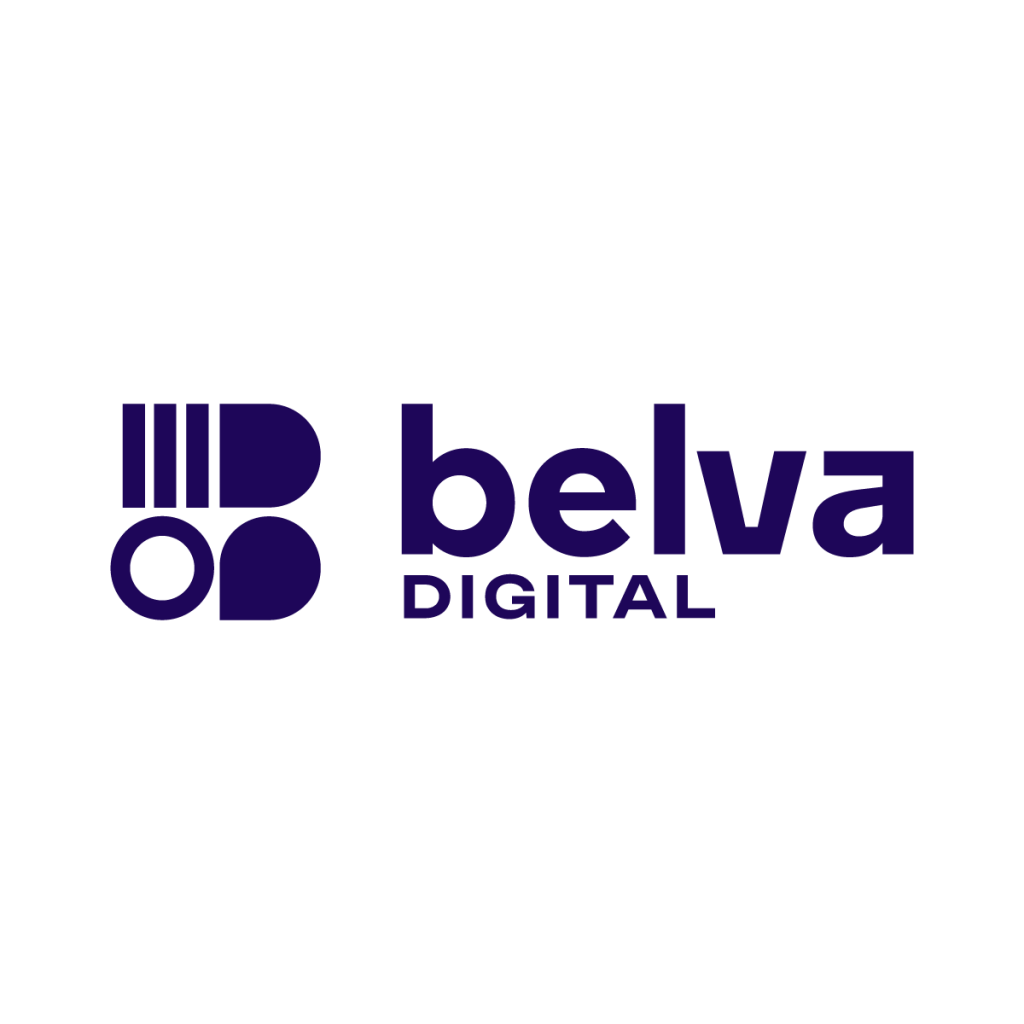In an attempt to fully answer this question, I did a Google Trend search of some of the keywords that are associated with digital marketing. A Google Trend search basically highlights users’ search volume on Google. Numbers represent search interest relative to the highest point on the chart. This doesn’t convey absolute search volume. For instance, a zero doesn’t mean there were no searches but a lack of not enough search volume to show results.
Before narrowing it down to Kenya, I did a worldwide search. In all the cases, the keywords were; social media, digital marketing, SEO, website design and content marketing, and the year range was 2004 to 2014.
In 2004
In January 2004, the most searched keyword in our pool was website design, followed by SEO, content marketing and then social media with barely any search volumes.
While digital internet became widely used in the second half of the 1990s, businesses and individuals didn’t see value in creating websites until later at the turn of the 21st century. As depicted in the chart above, in 2004, services such as website design and Search Engine Optimization (SEO) were starting to pick up, as people realized the importance of establishing an online identity and being ranked top for certain keywords. Google was 8 years old then.
And while Myspace had been launched in August 2003, social media and social media marketing didn’t take off until later when Facebook came around and swept everyone along. What is a case of the early bird missing the worm?
Back in Kenya, the story was very different. In 2004, digital marketing was technically nonexistent as reflected in the equivalent Google Trend search.
The reason being, the Internet was out of reach for a majority of the population. The smartphone of the day was Nokia 3310 and it cost as much as $500 then. Africa Online was the largest ISP with about 3,000 customers providing a connection of 768kbps. Such speeds were coveted. On the mobile front, Kencell had just rebranded to Celtel and a Safaricom SIM card was being sold for about $60. The fiber optic cable was locally unheard of.
In the CCK 2004/05 Annual Report, there was no single metric of Internet penetration measured. Postal services and fixed telephony carried the day.
Fast Forward to 2014
In January 2014, SEO was the top searched term worldwide, closely followed by social media, website design, then digital marketing and content marketing coming fourth and fifth respectively. This is a big leap compared to 2004 when website design led and social media had as much search volume as content marketing today.
What changed?
A lot has happened in the last decade. Notably the birth of Facebook, YouTube, Twitter, WhatsApp — you name it. It has been a revolution of a kind. And it has significantly changed the manner in which we communicate and share information. Such innovations have led to a fundamental shift in how businesses approach marketing.
Search Engine Optimization (SEO) remains very important in the online marketing equation. It is not just important to have a website or a blog anymore, ranking well on search engines like Google, Bing and Yahoo is of paramount importance. Social media continues to dominate the web. Website design seems to be dipping in comparison. Are Facebook pages and Google+ Business Pages taking up the role of websites?
Content marketing today is where social media was 10 years ago. Is it likely to take the same course of sudden mass importance? I’d say yes. Reason being people are starting to realize that SEO techniques don’t involve a wand but content, high-quality content and that social media will only add business value if there is a content strategy in place.
Kenya at Present
The search volumes are low, which is the first thing you may notice but that is expected with relatively new trends. Social media leads the pack, followed by SEO, then website design and digital marketing. Content marketing just like on the global scene, is not attracting much interest.
Why is this so?
In a population of 43 million, an estimated 20 million Kenyans have access to the Internet. That may look appealing, but then that only denotes the possible number of people with access, not necessarily using the Internet. This is expounded by the fact that more than half the available bandwidth capacity remains unused, only 41.3 percent is being utilized.
Further, digital marketing as a discipline has struggled to gain recognition in our institutions of higher learning. It will only take you a few minutes browsing through the course programs of our main universities to take note of this. It’s very unfortunate that we are relying on the Industrial Age curriculum to shape our digital future. A lot of Heads of Marketing have passed through this system and are sitting at the decision table calling the shots on something unbeknownst to them. Might explain why the digital marketing sales process is rather slow.
Social media in itself will continue to top the chart for a good number of years to come. This is because it gives users greater control over information sharing and content creation at almost no cost. As social media blossoms so will content marketing. Businesses will at some point be forced to have a plan and a strategy and that is when content marketing will take its place on the high table. Digital marketing then will no longer be an afterthought.
Every business needs a website, not just a Facebook page or a Twitter account. A business website is rapidly becoming an expectation. It’s a great way for customers and prospects to find you even when your brick-and-mortar store is closed. If your business doesn’t have a custom professionally branded website, customers could turn to your competitor who does.
As businesses move to meet this user-driven demand so will the need for services such as SEO and content marketing rise. Both these services help you keep your head above water without necessarily incurring a lot of marketing costs.
So, yes, the digital marketing opportunity is there. It just needs to be realized and exploited.
But Where Is Online Compared to TV, Radio and Print (Newspapers)?
This chart compares search volumes for radio, newspapers, TV and online over the last decade in Kenya. The assertions hence drawn here heavily rely on a single information channel – Google Search. It is not a comprehensive representation of the market.
Online leads, were almost tempted to write that in caps. TV follows at less than half the search volume, with radio and newspapers further down. This is a reflection of a promising industry with a high demand for online services and products. This doesn’t mean TV, radio or print will die, but will even get better with appropriate integration such as online streaming, news aggregation apps, digital, and pay TV. Online is the icing on the cake.
In conclusion…
The opportunity spreads beyond digital marketing to include content creators, content publishers and distributors, outsourcing firms, technology providers and a host of other businesses. Let’s go digital, shall we?









